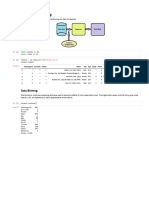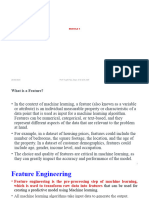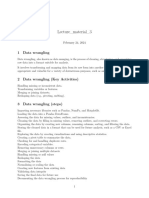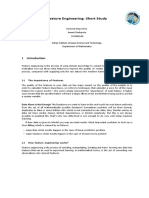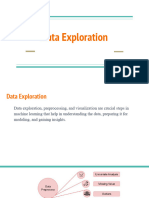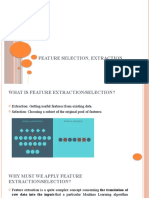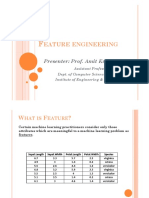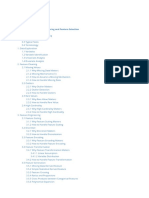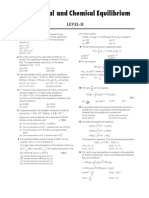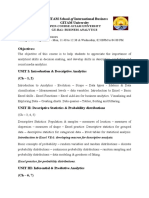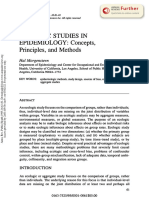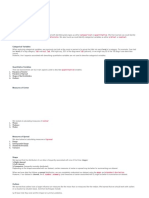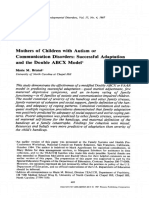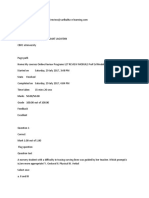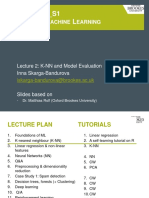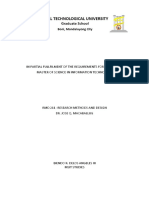0% found this document useful (0 votes)
16 views11 pagesUT-1-Machine Learning Lecture Notes-2
The document provides an overview of features in machine learning, emphasizing their importance in model performance, interpretability, and computational efficiency. It categorizes features into numerical, categorical, boolean, date/time, and discusses feature transformation, construction, and selection methods. The document highlights techniques for scaling, encoding, and selecting features to enhance model accuracy and reduce overfitting.
Uploaded by
Karan NigalCopyright
© © All Rights Reserved
We take content rights seriously. If you suspect this is your content, claim it here.
Available Formats
Download as PDF, TXT or read online on Scribd
0% found this document useful (0 votes)
16 views11 pagesUT-1-Machine Learning Lecture Notes-2
The document provides an overview of features in machine learning, emphasizing their importance in model performance, interpretability, and computational efficiency. It categorizes features into numerical, categorical, boolean, date/time, and discusses feature transformation, construction, and selection methods. The document highlights techniques for scaling, encoding, and selecting features to enhance model accuracy and reduce overfitting.
Uploaded by
Karan NigalCopyright
© © All Rights Reserved
We take content rights seriously. If you suspect this is your content, claim it here.
Available Formats
Download as PDF, TXT or read online on Scribd
/ 11



